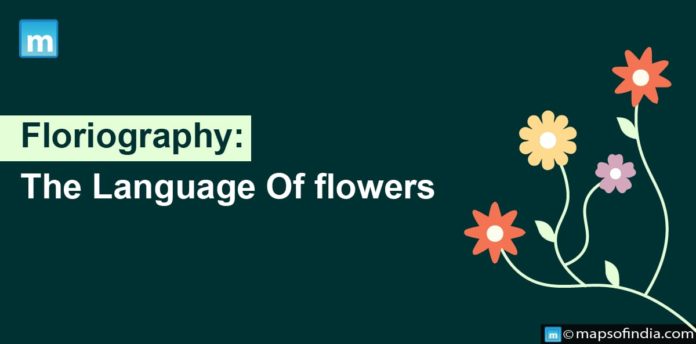Flowers have long been associated with beauty, passion, and symbolism in human society and have been utilized throughout history to express messages, feelings, and sentiments in addition to their aesthetic value. This intricate and poetic form of communication is known as floriography.
The Roots Of Floriography:
Floriography has a long history that can be traced back to different ancient cultures. It rose to prominence and reputation during the Victorian era in the 19th century. During this period, strict societal rules and etiquette frequently prevented the uninhibited expression of feelings and emotions. As a result, individuals began to use symbolic gestures, and floriography evolved into an intricate mode of communication. People used specific flowers to convey emotions and sentiments they couldn’t express publicly.
The Complexity Of Floriography:
Floriography was not a simple or universal language but a sophisticated and intricate system that varied according to culture and situation. Flowers had different meanings; how they were arranged, their color and even their state could all change the intended message.
Furthermore, a single flower can have several meanings, and a single bouquet might represent a complex mix of feelings. Floriography evolved beyond romantic ties to friendships, familial links, and political sentiments. Flowers’ language helped individuals to communicate delicately, making it an essential element of society.
Floriography In The Modern Era:
Floriography has become increasingly personal and customized in the modern world. People use flowers to communicate emotions and sentiments rather than stick to fixed norms and definitions. Florists and hobbyists use flowers as a canvas for self-expression to create bespoke arrangements that reflect personal stories.
Furthermore, the concept of floriography has grown beyond traditional bouquets. Flower tattoos, floral art, and even floral-themed jewelry are now available, allowing people to take the language of flowers with them in various ways.
Healing And Comfort Through Floriography:
Flowers are essential in the realms of healing and comfort. Floral arrangements are frequently used in hospitals and healthcare facilities to add a touch of nature and beauty to patients’ rooms. Furthermore, studies have shown that being surrounded by flowers can improve emotional well-being and healing.
Floriography And Weddings:
Weddings are one of the most essential modern situations for floriography. Brides and grooms meticulously choose flowers for their bouquets, boutonnieres, and centerpieces to express their love and goals. Each flower has its symbolic meaning, allowing couples to personalize their wedding day.
Floriography And Environmental Responsibility:
Floriography takes on additional dimensions as society becomes more environmentally sensitive. Sustainable and environmentally friendly floristry approaches are gaining popularity. Customers prefer locally sourced, seasonal flowers, which reduces the carbon impact involved with long-distance flower transportation. Furthermore, several flowers’ symbolic meanings correlate with environmental and sustainability objectives.
Conclusion:
Floriography is a rich and ageless heritage that spans centuries and countries. The language of flowers has changed and altered to reflect changing society standards and individual expression, from its origins in ancient civilizations to its apex during the Victorian era. Giving and receiving flowers may be a powerful and meaningful form of expression. Floriography will continue to weave its wonderful tapestry of thoughts and stories into the fabric of our lives for as long as flowers blossom.




